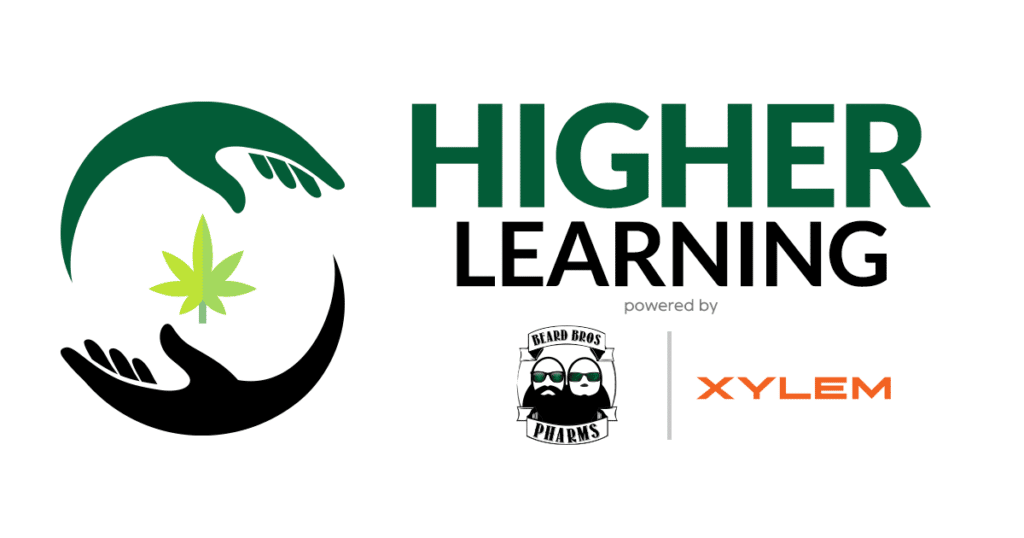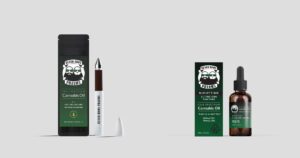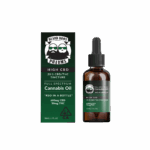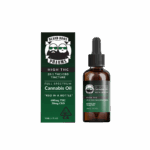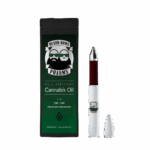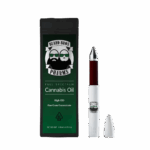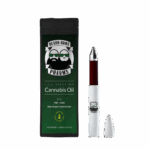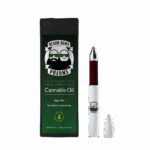With their new series Higher Learning, Beard Bros Pharms and Beard Bros Media are partnering with the brightest minds in cannabis in a collaborative educational experience that connects the curious to the connoisseurs like only the Bros can.
The main purpose of our new educational series Higher Learning is to take information that is already understood by experienced operators within the industry, and make it available to a much wider audience.
Our first collaboration is in the hardware and technology sector with Xylem Technologies, and they are going to cover the different ways of heating up concentrates.
Why is that important? Well, long before you take that tasty, potent dab of your favorite concentrate, how it was extracted and handled plays a very important part in the quality of the final product.
If your product is overheated during the filling process this could lead to terpene and cannabinoid burn off reducing the quality and flavor.
Have you ever had a cart that had, or developed a dark ring around the top of the concentrate? That usually happens due to overheating the concentrate during filling procedures.
Class is in, tuition is free, and Higher Learning will take your appreciation and knowledge of the cannabis movement to the next level.
_________________________________________________________________________________________________
Heating extracts for filling and formulation is a necessary and time-consuming task – but the methods used are often either too slow, leading to time lost, or too damaging to extract and damages the terpenes due to massive temperature gradients from fast methods.
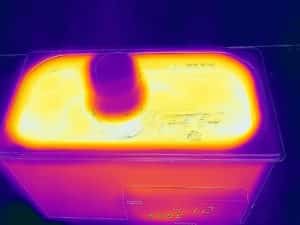
Why do extracts need to be heated?
Purified D9,D8, (above 90% purity) is extremely thick extract that shear thickens(the faster the material is moved the more difficult it is to move it) at low temperatures. Hemp isolates & derivatives like CBN / THCV are a solid crystal that needs heat to dissolve into solution much like sugar syrup or sugar cubes into water. While it is theoretically possible to mix at room temperatures, the time and effort can be 4-5 hours as opposed to 30 minutes.
What are the laboratory heating methods to heat extract fastest to slowest?
- Bunsen burner / butane torch- 15 mins
- Shear homogenizer- 15-30 mins
- Circulating water bath- 30 mins
- Still Water bath- 30-45 mins
- Still water bath with metal beads or glass beads – 45 mins to 1 hr
- Lab grade convection oven- 45 mins to 1 hr
- Lab grade oven- 1 hr
- Hot plate*- 30 mins to 1hr
* hot plate heating is variable based shape of container and hot plate type
What method requires the least amount of effort / time to run?
- Lab convection oven
- Lab grade oven
- Still water bath with metal or glass beads
- Circulating water bath
- Still water bath
- Stirring hot plate
- Shear homogenizer
- Bunsen burner / butane torch – 15 mins
Lab Ovens/Water Baths– These are set and forget devices. You still have to mix in terpenes by hand or mechanical mixer, however product can be left over night for natural diffusion processes to occur.
Circulators/Waterbaths/Stirring Hot Plates– require monitoring of water levels once every 1-2 days or in the case of stirring hot plates, de coupling of the stir bar.
Shear Homogenizer– mixes terpenes during the heating process so it does save some time, however temperature of the solution can easily elevate to 105C to 130C making this process destructive to Cannabis Derived Terpenes (CDT) and can induce oxidation. Also, operating the homogenizer is an intensive process requiring active worker management of the system for 15-30mins, whereas with ovens/baths that actual interaction time is seconds.
Bunsen Burners/Butane Torch- Open flames while fast at heating are highly destructive, also many light terpenes are highly flammable making this a very dangerous methods to use.
Related Reading: Xylem Technologies Makes Dollars and Sense for Cannabis Vape Cart Brands

How do the methods of heating extracts differ for terpene denaturing and extract oxidization?
Put simply, baths and ovens use omni-directional conduction / convection – these are the most gentle, fast, and safe ways to heat and mix extracts. Oxidation takes days to occur usually under an open environment due to low temperature gradients.
Hot plate and burners are uni-directional heating meaning that heating is from one direction leading a hot gradient that both impact mixing and cause side reactions like oxidation and denaturing
Homogenizer’s work by friction (similar to rubbing your hands together just 1000’s of times a minute) – however the temperature at the contact point can easily exceed 100C very quickly causing oxidation.
Heating extracts for their intended end use requires advance knowledge, proper planning, and execution to achieve the desired results. If you’re just starting out on this part of the industry, we hope you find this information useful.
Related Reading: Xylem Technologies Announces Launch of Mark2 Robotic Vaporizer Assembly System at MJBizcon Expo
For more information and details on specific product offerings, please reach out to Xylem Technologies.



